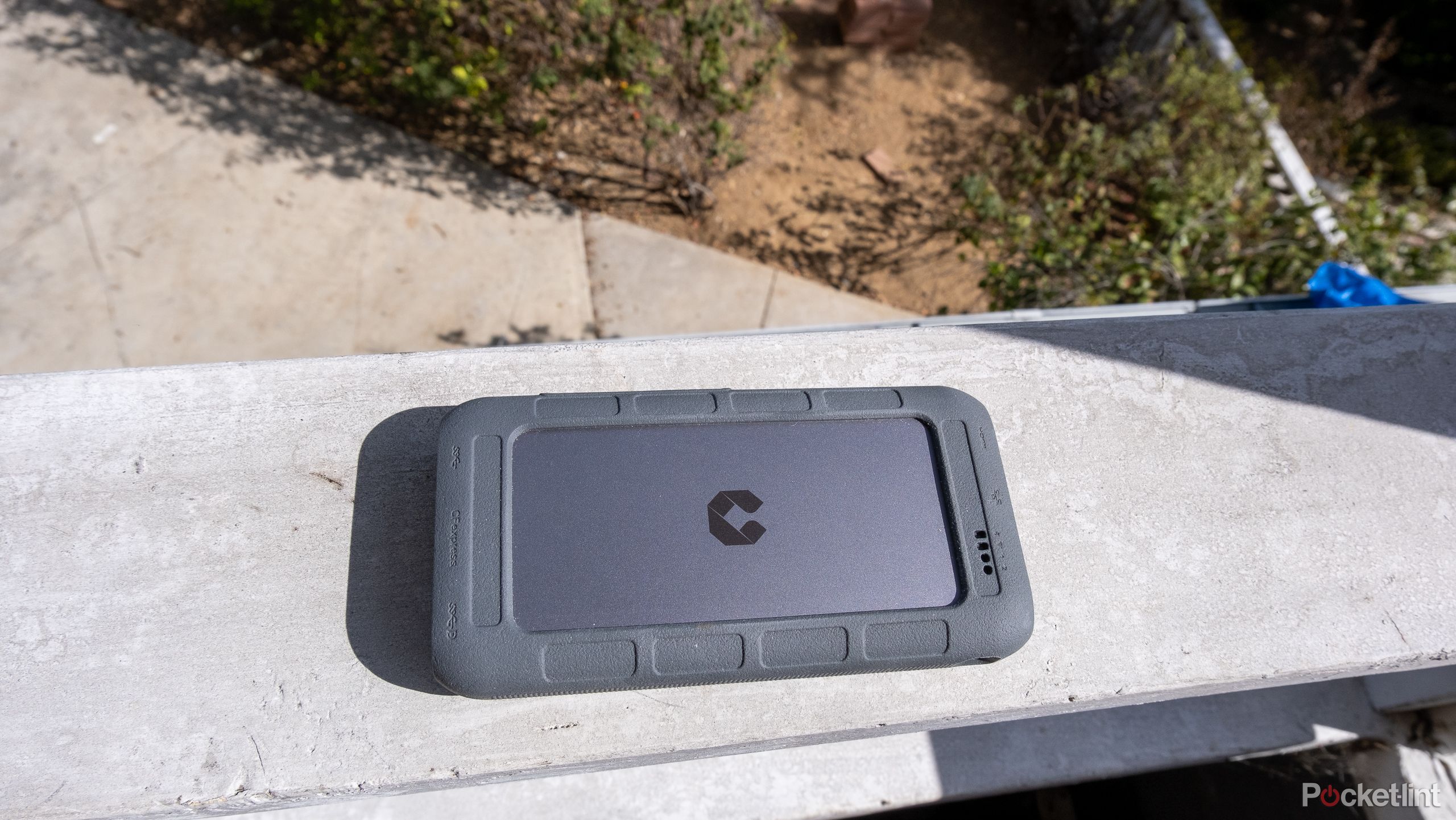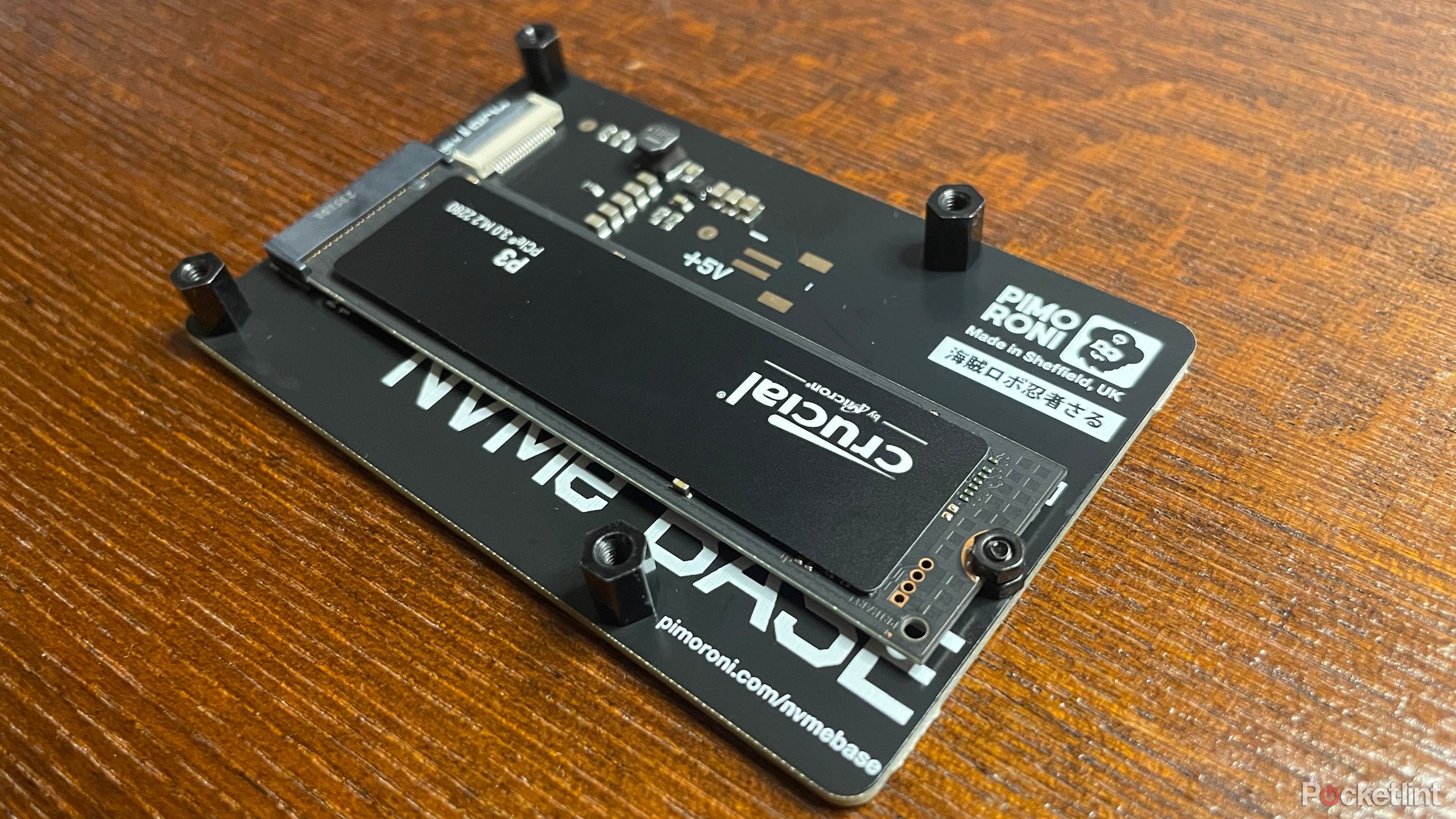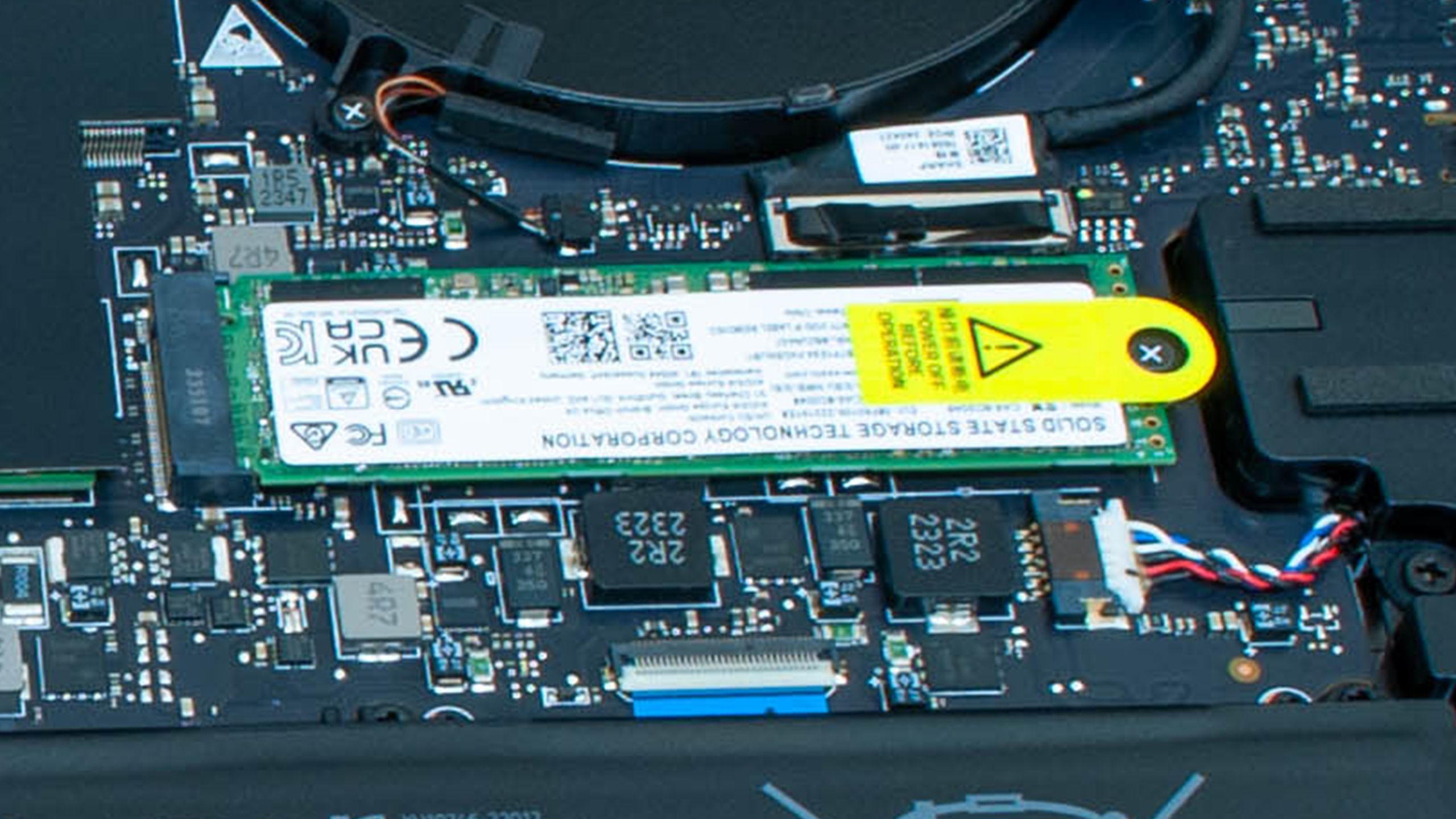Summary
- SSDs are faster and more efficient than HDDs for creative workflows like photography and video editing.
- SSDs are ideal for portable NAS systems due to speed, but come at a higher cost per TB than HDDs.
- Though SSDs may cost more, the speed, durability, and quiet operation make them a worthwhile investment.
It’s no secret that replacing a hard drive with an SSD is an easy way to boost your computer’s performance. The same can be said for using an external SSD over an external HDD, especially if you have a creative workflow. Load times are drastically improved, and everyday tasks feel snappier across the board. Whether you’re launching software, transferring files, or editing large media projects, SSDs consistently deliver faster read and write times. However, there are still some instances when you might opt for an HDD, especially when you need something cheap to just get the job done, such as when you want to connect an external drive to your smart TV.
I’ve recently found myself somewhat abandoning HDDs. For a long time, both internal and external HDDs were my go-to. When SSDs first became popular, I continued with HDDs as they were cheaper and more reliable in several ways than their speedy solid-state counterparts.
That said, reliability has come a long way. Modern SSDs are now significantly more dependable — offering longer lifespan and better data integrity — especially when equipped with DRAM caches and proper heat-sinks. However, now in 2025, I’ve made the switch almost entirely to SSDs. Read on to find out why.
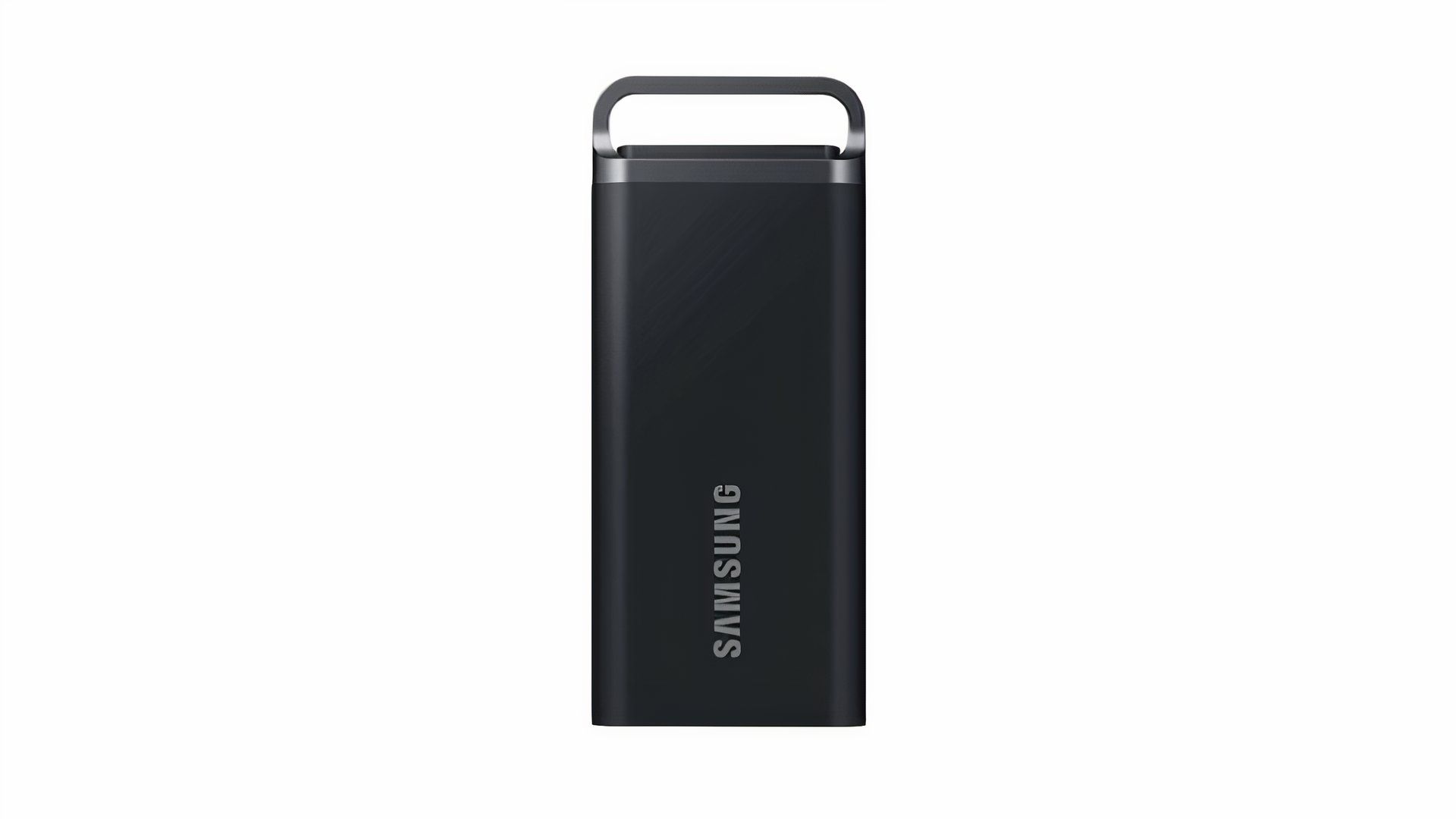
- Storage capacity
-
Up to 8TB
- Compatible Devices
-
PC, Mac, iOS, Android,
- Brand
-
Samsung
- Transfer rate
-
Up to 460 MB/s read and write
- Price
-
$189.99
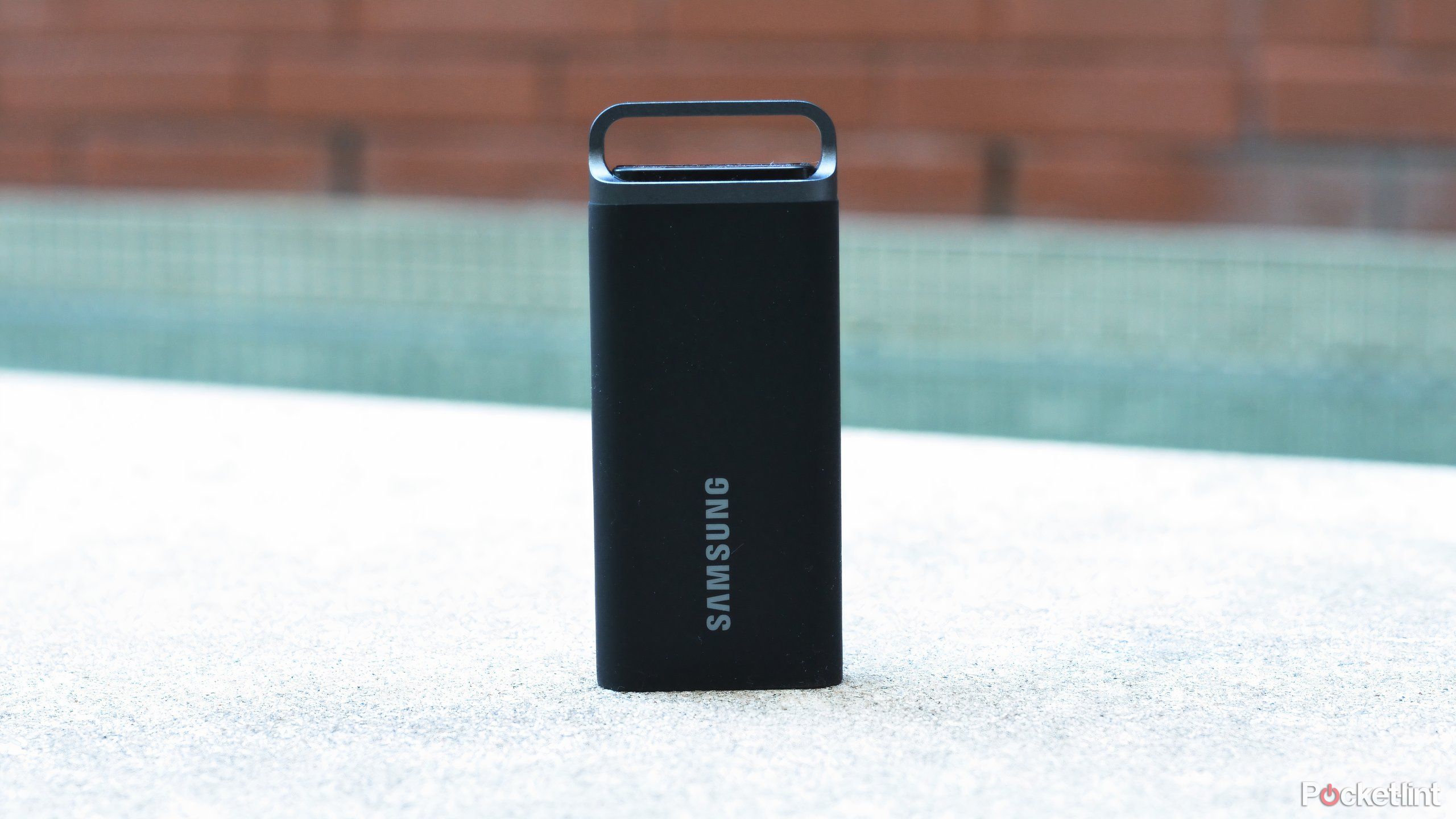
Related
5 ways Samsung’s T5 EVO SSD has totally changed my life
With blazing-fast speeds and an impressive storage capacity, the T5 EVO SSD is seriously good for my workflow.
1
My portable NAS uses NVMe SSD for speedy storage
Newer NAS systems have prompted the switch
I’ve been exploring the exciting world of portable NAS’s for the last year. As an amateur photographer who finds myself out in the field a lot, these devices have become indispensable to my workflow. SSDs make the NAS experience incredibly efficient, which can be a godsend for creatives. You can quickly upload and download from your NAS when using an SSD, but it does come at an increased cost per TB when compared with HDDs.
However, if speed is your main concern, and size, then SSD is the way to go. For a truly portable NAS system, NVMe drives are the only way to go, as they are compact, quick, and can fit into a smaller device. If you’re using a desktop station NAS, then you might not have a need for SSD’s for your NAS, but I’ve found with portable NAS systems, the SSD is the way to go.
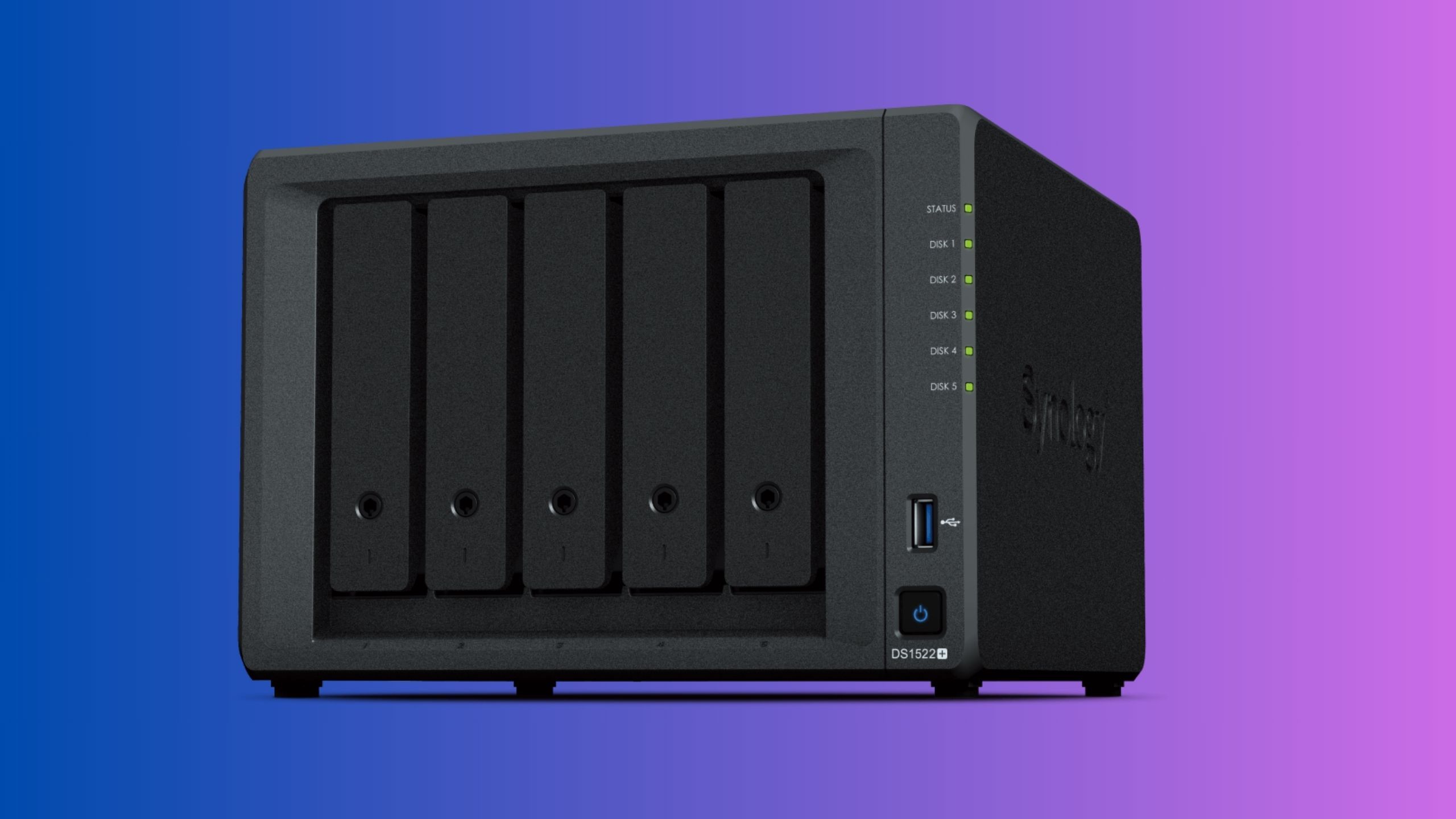
Related
Why I ditched physical storage for the convenience of a NAS
Say goodbye to your piles of hard drives and USB sticks.
2
Speed and storage space are necessities
Creative workflows require a lot of both speed and size
I primarily utilize external drives to store media files — books, movies, video clips, and photographs. I also utilize my external SSDs for booting into the Adobe Suite and editing the aforementioned video clips and photographs. Another bonus is portability — SSDs are lightweight and compact, making them much easier to carry in a gear bag, especially for fieldwork. You don’t have to worry about vibration or orientation either, which makes setup in rough environments far easier.
If you’ve never tried saving your Adobe files to an external SSD, I cannot recommend it enough.
Because of this, I require a speedy external drive, and that’s something I can only truly find in the world of SSD’s. If you’ve never tried saving your Adobe files to an external SSD, I can not recommend it enough. It saves me an incredible amount of time in InDesign, Lightroom, and Photoshop, and I’ve found it to be the best way to work.
You can also use an external SSD to install and boot programs such as the Adobe creative suite. This is a great way to keep your computer running fast when using heavy creative programs such as Illustrator or InDesign. This will keep your computer from being bogged down by the size of your creative files, as well as by the size of the actual Adobe programs.
1:04
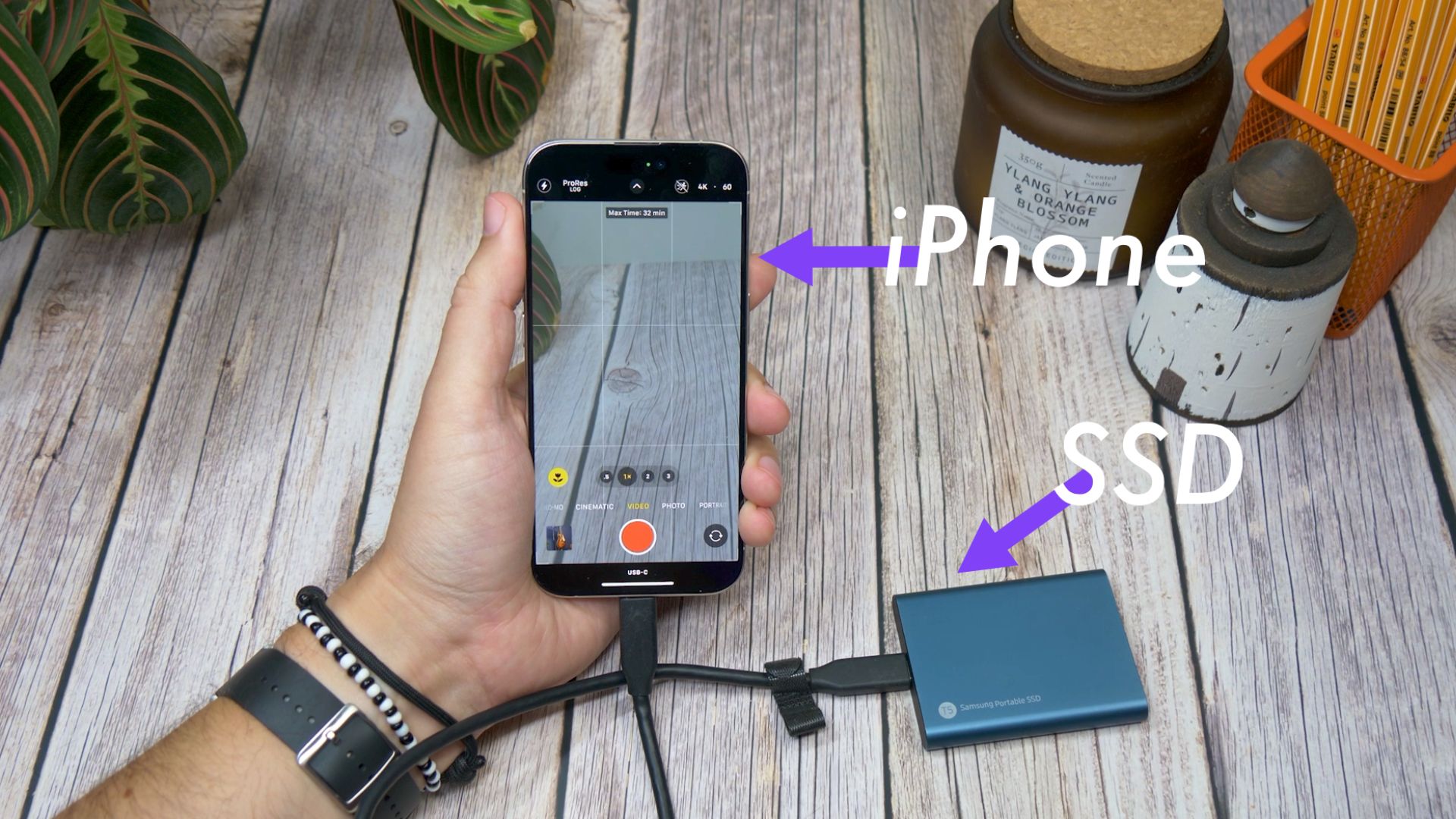
Related
iPhone 15 Pro: How and when you can record video to an external drive
Apple’s latest flagship phones can record video directly to an external drive, but there’s more to it than just plugging in a drive.
3
The price of SSDs keeps going down
SSD’s used to cost an arm and a leg — now, it’s just an arm
Price is always an important consideration when it comes to buying tech, and for a long time SSDs were a bit too expensive for secondary storage needs. For me, price oftentimes overtakes capacity in my considerations when shopping around for a new drive. I can get by with the storage capacities offered by SSDs. While it’s true that you can get a significantly higher capacity drive with an HDD, I prefer the speed and efficiency of SSDs over HDDs, so I’m willing to pay a bit more for a faster drive, even if it’s not as large as an HDD.
I’ve also found that for my specific workflow, I don’t need the biggest drives. I’m not running any security cameras, and the bulk of what gets stored on my internal SSD are Steam games (many of which require an SSD to run now), and my external drives are filled with media files. Today, you can pick up the best internal NVMe SSDs for around $140 per 2TB, making them more affordable than ever before for consumers. For a single TB high-powered SSD such as the Samsung 990 EVO SSD, you’ll be paying around $70 — so, they’re a great solution for anyone looking for speedy storage.
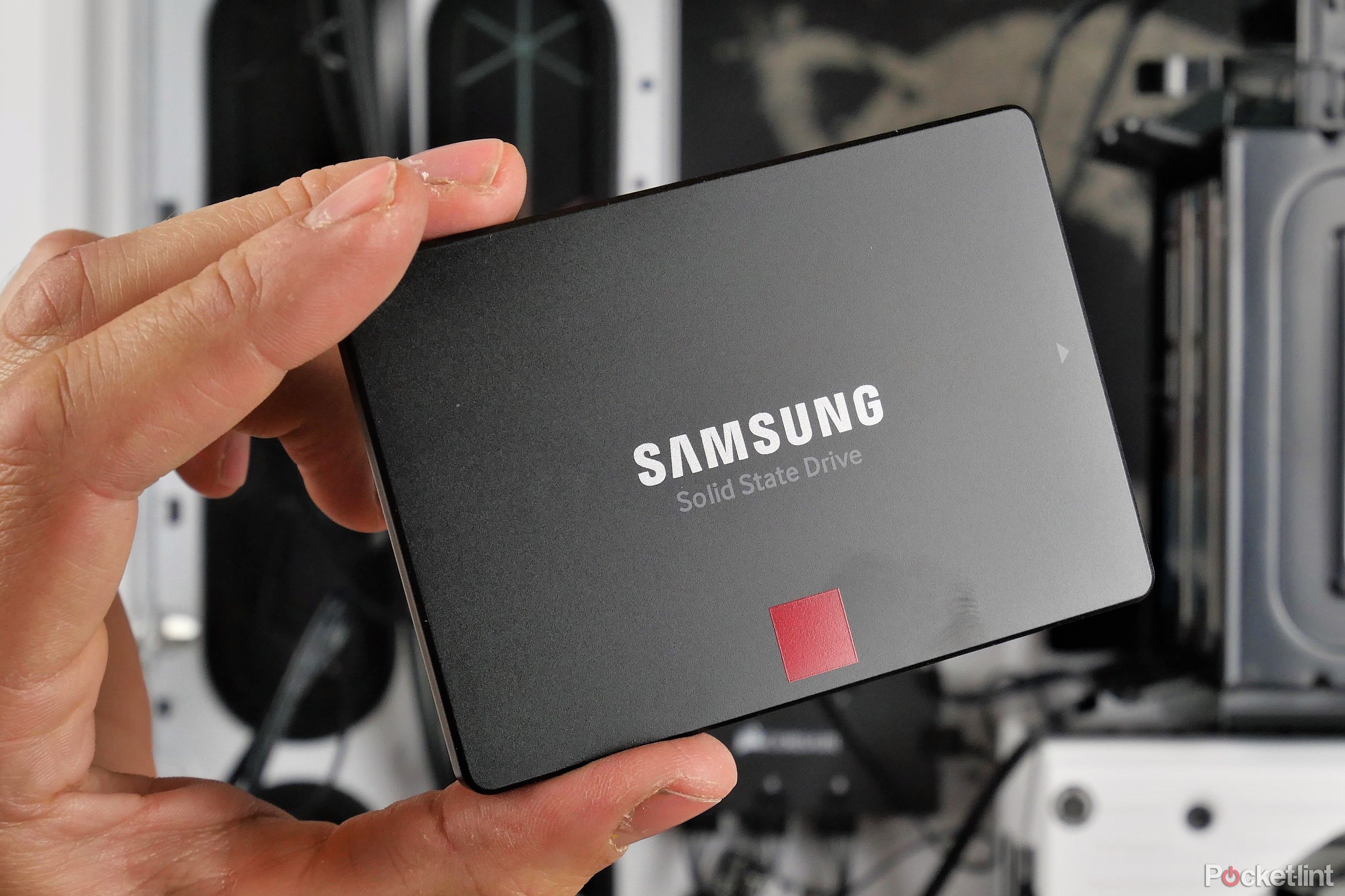
Related
Best 2.5-inch SATA SSD: Expand your PC storage the speedy way
What are the best SATA SSDs? We’ve gathered some of the very best options on the market for you, right here.
4
SSD’s are quieter and are more durable
No moving parts contribute to less noise, less heat, and better durability
SSDs are significantly quieter than HDDs because they have no moving parts. HDDs rely on two spinning magnetic platters which produce noise when in operation. When an HDD is running, you’ll likely hear the disk spinning, as well as tapping or clicking-like sounds coming from your HDD. I prefer a quiet workspace, and I’ve spent a lot of time, and money, trying to get my PC as quiet as possible, so for me, I prefer SSDs for internal storage.
When it comes to durability, SSDs outperform HDDs due to their lack — again — of mechanical parts. HDDs are more susceptible to physical damage coming from drops or vibrations, as the spinning disks are incredibly fragile in HDDs. SSDs, on the other hand, are designed to withstand shocks and temperature variations, making them the ideal travel drive. Overall, I prefer SSDs because of their quieter and more durable performance when compared to HDDs.
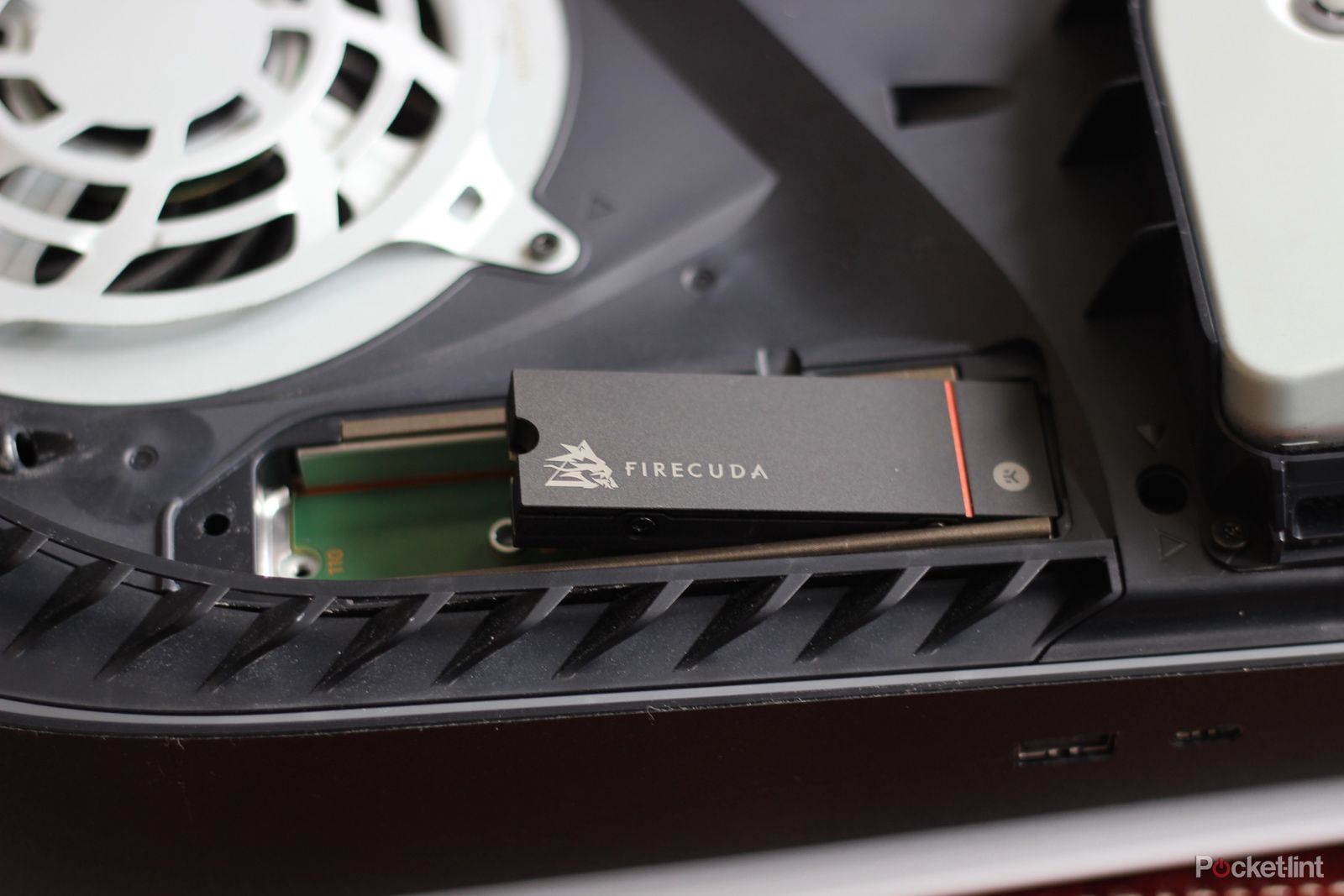
Related
How to install an internal SSD for your PS5: Get more PlayStation 5 storage
You can add another internal SSD for your PS5 – find out how to do it, right here.
5
SSDs are more power efficient
With energy costs on the rise, an SSD might save you a few dollars here and there
Alexander Grey / Unsplash
SSDs are also more power-efficient than HDDs, which, in these times of rising energy costs, might even save you an easy buck on your electric bill. As I’ve already mentioned, since SSDs have no moving parts, they require less energy to operate when compared to HDDs.
This lower power consumption leads to a longer battery life in laptops, and less heat generation overall, meaning the rest of your system doesn’t have to expend as much energy to keep everything cool.





